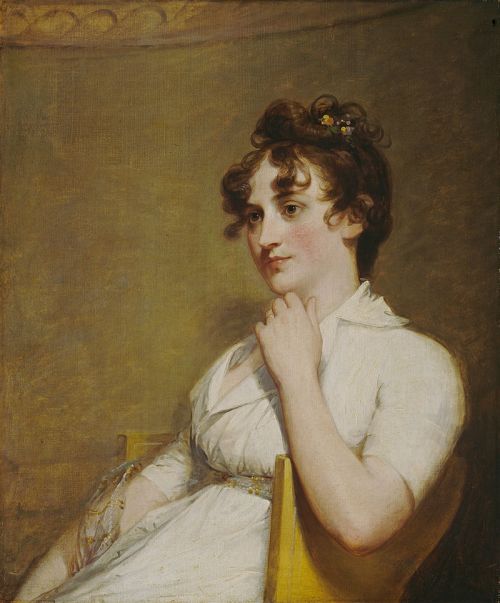REWARDS FOR SERVICE FERD v. FRED HOPPING MAD WHAT HAS BROAD STRIPES, BRIGHT STARS, AND FLIES? THE BOYS IN THE BOAT STAR-CROSSED
January 2011
When Hawaii’s last queen went to her grave in 1917, the funeral was carried out with all the splendor and solemnity befitting the passing of a monarch. But, in fact, at the time of her death the yg-year-old Queen Liliuokalani had not ruled over Hawaii for nearly a quarter of a century. In 1893, having been sovereign for a scant two years, Liliuokalani had tried to overthrow the standing constitution, which had given major power to a local group of American legislators. Her attempt failed, the monarchy was abrogated, and a new provisional government applied for annexation to the United States, which occurred in 1898. At first bitterly opposed to America, the deposed queen mellowed with the years, and on her death the Right Reverend Henry B. Restarick, the first American Bishop of Honolulu (Episcopal) was asked to conduct the funeral services. His daughter, Constance Restarick Withington, sent us this photograph of the obsequies, along with her father’s account of them.
A new annual prize in history has been established by the American Heritage Publishing Company in honor of the distinguished American historian Samuel Eliot Morison, who died last spring. The prize will be $5,000; to be given for the best book on American history by an American author that sustains the tradition that good history is literature as well as high scholarship—a tradition admirably exemplified by the many works of Samuel Eliot Monson.
Like most authentic folk creations, baseball is deeply and obscurely rooted in the past and its moment of origin is cloaked in legend. There are innumerable threads that go back to the beginning of things, but nobody can follow them all the way. This is partly because they lead to a thousand cow pastures and smalltown parks where no records were kept, and partly because anyone who tries to follow them must sooner or later run into the shadowy figure of General Abner Doubledav.
The owners of the Woolworth Building today are struggling against a potentially desperate problem, one common to many other old skyscrapers: the threat that pieces of the structure will flake off and drop like so many bombs, to the peril of those on the streets below. In March, 1976, for example, a two-story section of bricks sheered off the side of a building on West Thirty-fourth Street in New York and plummetted to the sidewalk. Fortunately, no one was hurt. Not so the luckless pedestrian who paused for a moment at one of Chicago’s busiest intersections three years ago; a chunk of falling terra cotta crushed him like an ant. “One could be propelled into a trauma,” a New York maintenance contractor remarked in the New York Times , “in view of the potential hazards to life and limb.”
Dear Nelly:
… Let me touch a little now on your Georgetown ball, and happy, thrice happy, for the fair who were assembled on the occasion, that there was a man to spare; for had there been 79 ladies and only 78 gentlemen, there might, in the course of the evening, have been some disorder among the caps … notwithstanding the apathy which one of the company entertains for the “ youth ” of the present day, and her determination “never to give herself a moment’s uneasiness on account of any of them.” A hint here; men and women feel the same inclinations to each other now that they always have done, and which they will continue to do until there is a new order of things, and you, as others have done, may find, perhaps, that the passions of your sex are easier raised than allayed. Do not therefore boast too soon or too strongly of your insensibility to, or resistance of, its powers. …
Of the skyscrapers that sprang up in American cities in the early years of this century and embodied in masonry and steel the swaggering vitality of American technology and American business enterprise, none took so firm a grip on the public imagination as the Woolworth Building. From the day that Frank W. Woolworth, the inventor of the five-and-ten-cent store, let it be known that he intended to erect the world’s tallest building on a site in lower Manhattan, the newspapers were filled with accounts of its construction and encomiums to its builders. The New York Sun compared the building to the Colossus of Rhodes, and described it as the “crowning glory of the builder’s art.” The Press ran a story headed WOOLWORTH BUILDING MARVEL OF THE AGE .

"Miss Eleanor Custis … has more perfection of expression, of color, of softness, and of firmness of mind than I have ever seen before or conceived consistent with mortality. She is everything that the chisel of Phidias aimed at but could not reach, and the soul beaming through her countenance and glowing in her smile is as superior to her face as mind is to matter.”
We—the rest of the editorial staff at AMERICAN HERITAGE were pleased and proud to learn,as this issue-went to press, that BruceCatton had just been named by President Ford to receive the nation’s highest civilian award, the Medal of Freedom. Given for “meritorious contribution to the…national interest of the United States …” the medal was presented to our distinguished historian and columnist at the White House on January 10.
A round the beginning of the great Bicentennial year a cartoonist got a nationwide chuckle by drawing a sketch of a limitless, totally empty plain somewhere in the western United States. The only thing visible in the vast expanse of unused land was a historical marker, which read:
“On this spot, on July 4, 1776, absolutely nothing happened.”
